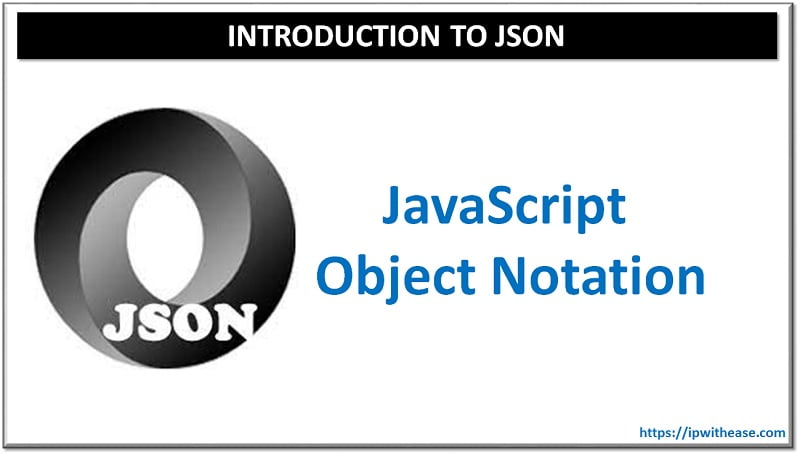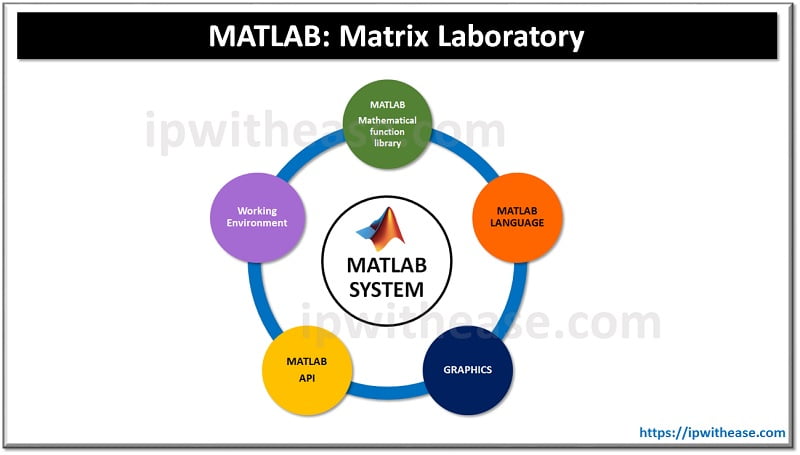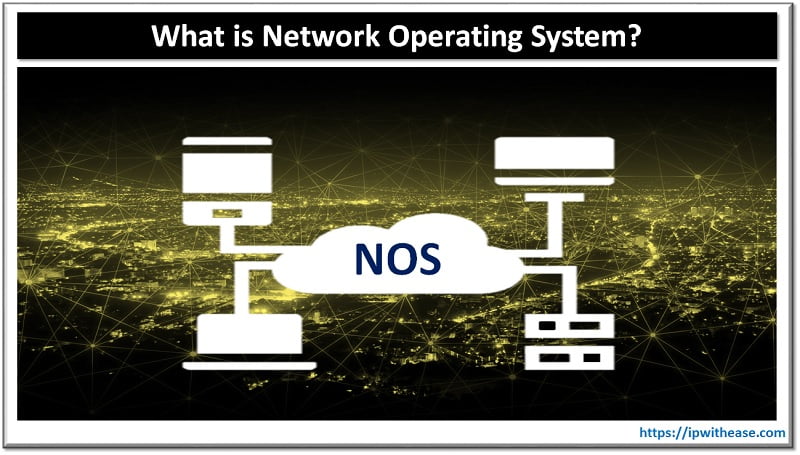Table of Contents
Over the past few years smartphones have taken the world by storm and these mobile devices have had a significant impact on our lives and reinvented the way information access and exchange is happening beyond physical boundaries around the globe. This is due to specialized software which these devices run which is the operating system.
Mobile Operating System
Mobile operating system is the software platform which a mobile device can run and allows the user to perform various tasks. Operating system allows applications to run on mobile devices and is responsible for its functionality. It performs varied tasks such as email, texting, browsing etc. It also checks whether an application is supported by device or not and provides a consistent interface to the user.
A mobile operating system operates on a smartphone, tablet, PDA or other type of mobile devices. There are many mobile operating systems available in the market – commonly used operating systems found on smart phones include Symbian OS, iPhone OS, RIM’s BlackBerry, Windows Mobile, Palm WebOS, Android, and Maemo.
Android, WebOS, and Maemo are all derived from Linux whereas the iPhone OS originated from BSD and NeXTSTEP, related to Unix.
We will look more in detail about various mobile operating systems , its features and limitations.
Mobile Operating Systems – Types
Android OS
It is developed by Google and is one of the most popular operating systems today. It is a mobile OS based on the Linux kernel and open-source software. The very first Android device was launched in 2008. It is built in Java programming language. It uses Linux for its device drivers, memory management, process management, and networking. It supports a wide variety of connectivity such as GSM, Wi-Fi, 3G, 4G etc.
Bada (Samsung Electronics)
It was launched in 2010 and it’s developed by Samsung. The first mobile which used Bada was Samsung wave and it offers many mobile features such as 3-D graphics, application installation, and multipoint-touch.
Blackberry OS
It is a proprietary operating system and it is developed by Research in Motion (RIM) for their Blackberry handhelds. It supports multitasking. Its operating system is designed for use with input devices like track wheel, track ball and track pad. It is programmed in C++ language. It has strong security controls. It is useful especially for corporate users as it can sync with Microsoft Exchange, Novell Groupwise mail, Lotus Dominos and other business software when integrated with the Blackberry enterprise server.
iPhone OS/iOS
It was developed by Apple Inc. and originally released in 2007 for iPhone and iPod touch. It is based on the Mach kernel. Mac OS X has a primitive multitasking environment. It supports real time behaviour and a very secure operating system.
Symbian OS
It was developed by Symbian Ltd in June 1998 and in June 2008 it was acquired by Nokia. It runs on ARM processors exclusively. It is a 32-bit OS. The native language of Symbian OS is C++. It is a multitasking operating system and very less dependency on peripherals. It supports audio, video recording, playback and streaming and image conversion features.
Windows Phone OS
WP is a series of proprietary and closed source mobile operating system developed by Microsoft. It is designed for mobile devices and based on Windows 32-bit. It runs on pocket PCs, Smartphones and portable media centres. It provides ultimate interoperability.
Harmony OS
It is the latest mobile operating system which is developed by Huawei for use of its devices. It is primarily designed for IoT devices.
Palm OS
It is developed by Palm ltd for use on personal digital assistants (PDAs) it was introduced in 1966 and also known as Garner OS.
WebOS (Palm/HP)
The WebOS is developed by Palm. It is based on the Linux kernel and HP uses this operating system in its mobile and touch pad devices.
Comparison Table: Major Mobile Operating Systems
| Features | Android | iOS | Windows Phone | Symbian OS | Blackberry OS |
| Applications | 13,00,000+ applications available | 12,50,000 + applications available | 4,00,000+ applications available | Open platform so many 3rd party apps can be developed | 260,000+ applications available |
| Widgets | Yes | No (Except in notification centre) | Expandable live titles | Yes | Yes |
| Expandable Storage | Yes | No | Yes | Yes | Yes |
| Programming Language | C, C++, Java | C, C++, objective C swift | C, C++, C# | C++ | C++ |
| Customization | Yes | Limited extent | Limited extent | Yes | No |
| Availability | Many popular brands HTC, Samsung, Sony, LG etc | iPod Touch, iPhone, iPad, Apple TV | Nokia, HTC, Samsung | Nokia (some models) | Blackberry devices only |
| Limitations | •Requires an active internet connection •Quick battery drains due to background processing •Open source so less secure | •No widget support for iOS •Limited device use as it runs only on Apple devices •Does not provide NFC and radio is not in-built •Apps size is too big | •Lack of availability of applications •No updates •No more push notifications | •No virtual memory •Easily affected by virus | •Very less applications available •Bluetooth sharing hard and difficult to configure •Delayed restart due to security check •Special permission required in some countries for using Blackberry messenger •Low processing speed |
| Market Share | 79.2% market share | 13.2% market share | 3.7% market share | 0.2% market share | 2.9% market share |
| Download the feature table. | |||||
Continue Reading:
Mobile Operating System vs Desktop Operating System
CDMA vs GSM: Detailed Comparison of Mobile Technologies
ABOUT THE AUTHOR

You can learn more about her on her linkedin profile – Rashmi Bhardwaj



